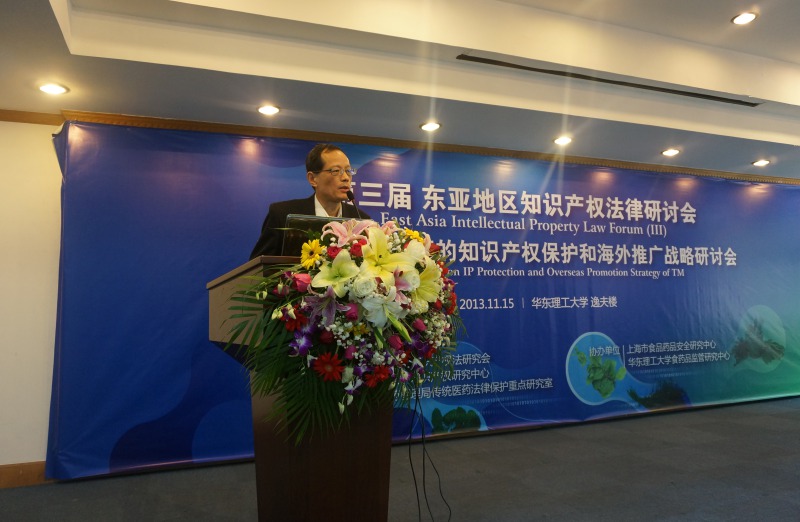Publication of Chinese Pharmacopoeia 2020 A Chinese medicine contains 2711 new and 452 revised species
Recently, the 2020 edition of Pharmacopoeia of the people's Republic of China (hereinafter referred to as the "Chinese Pharmacopoeia") was deliberated and approved by the Executive Committee of the 11th Pharmacopoeia Committee, and was officially issued and implemented from December 30, 2020.
In the 2020 edition of Chinese Pharmacopoeia, 319 new varieties were added, 3177 were revised, 10 were no longer included, 4 varieties were adjusted and merged, and a total of 5911 varieties were included. 2711 kinds of traditional Chinese medicine were recorded in one Chinese medicine, of which 117 were newly added and 452 were revised. Among them, 117 were newly added and 2387 were revised. 153 kinds of biological products were collected in the three parts, including 20 new and 126 revised; 2 general principles and 4 general principles of biological products were added. The four parts contained 361 general technical requirements, including 38 general rules for preparation (revised 35), 281 testing methods and other general rules (35 new and 51 Revised), 42 guiding principles (12 new and 12 revised); 335 kinds of pharmaceutical excipients were collected, including 65 newly added and 212 revised.
The promulgation and implementation of the 2020 edition of Chinese Pharmacopoeia will be conducive to the overall improvement of China's drug standards, further guarantee the safety of public medication, promote the structural adjustment of pharmaceutical industry, promote the internationalization of China's pharmaceutical products, and realize the leap from a big pharmaceutical country to a powerful pharmaceutical country.
Time: July 8, 2020
Source: http://www.cntcm.com.cn/2020-07/08/content_77934.htm
next:Carry out the construction of community hospital in an all-round way and improve the service ability of traditional Chinese Medicine


